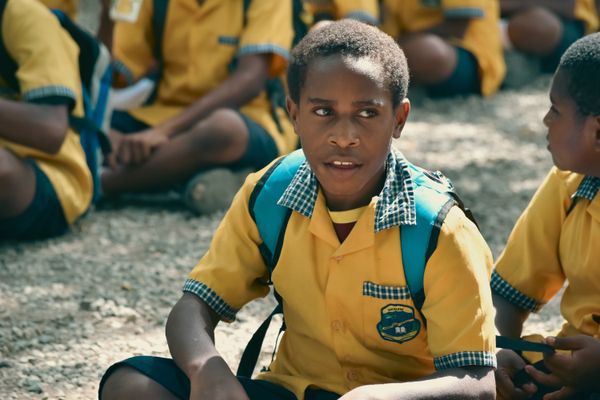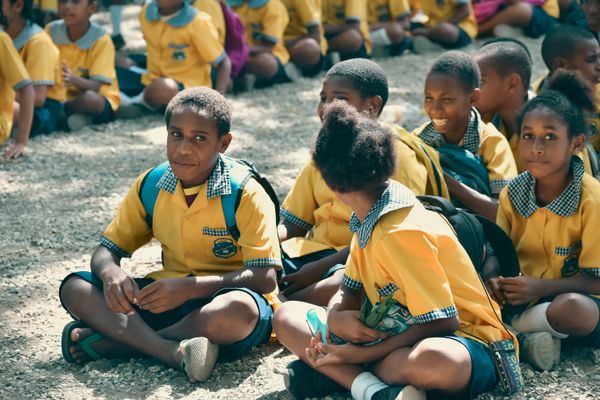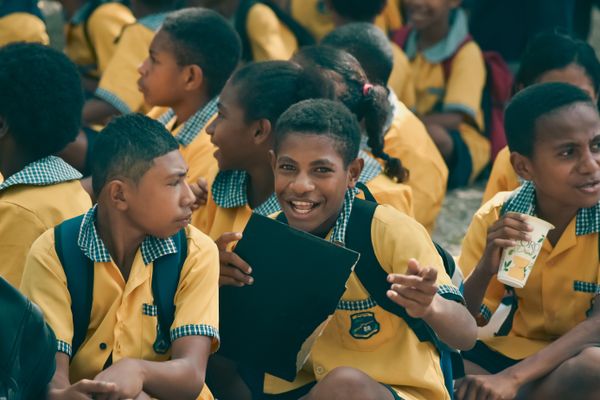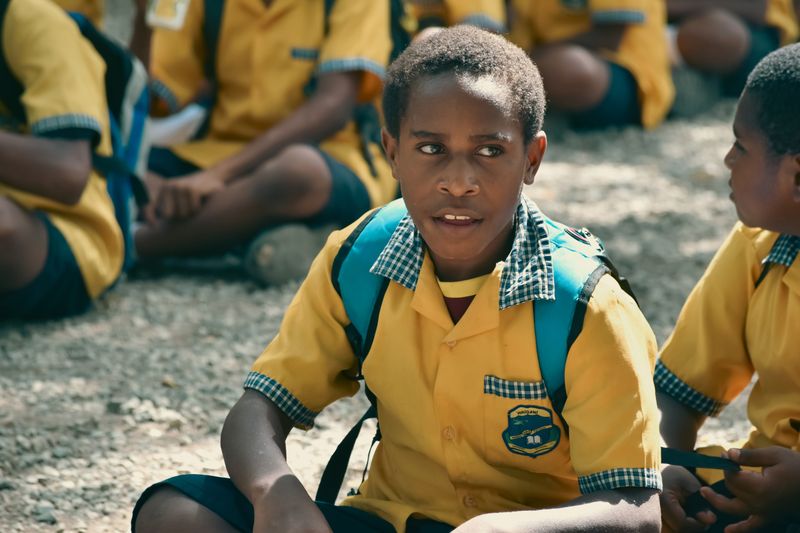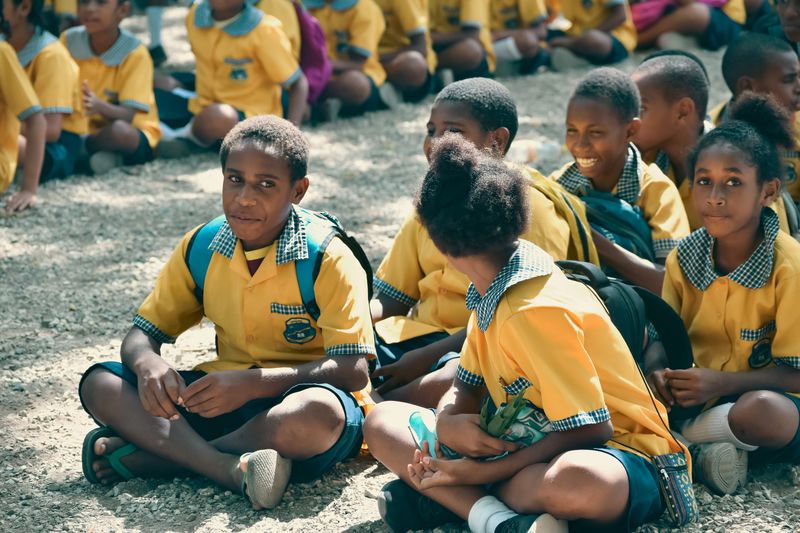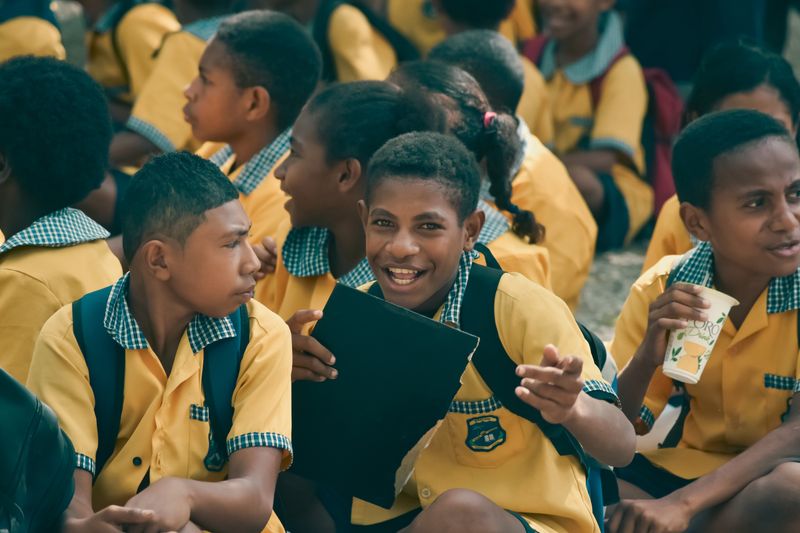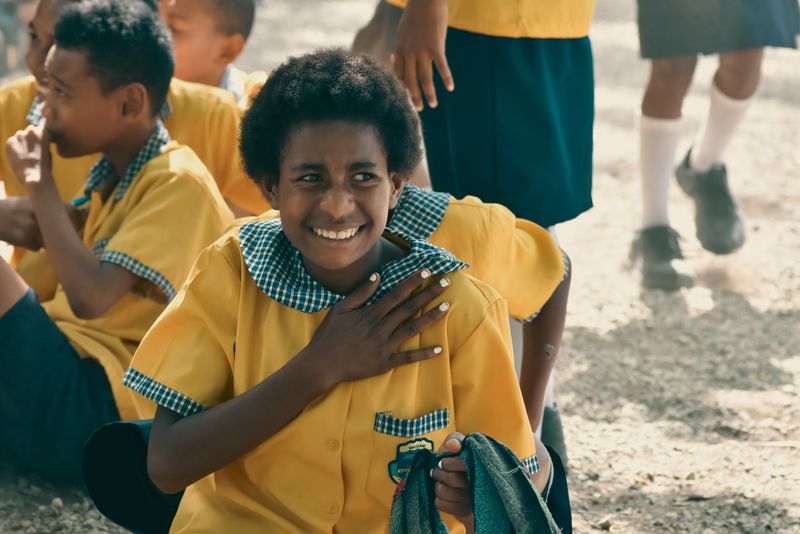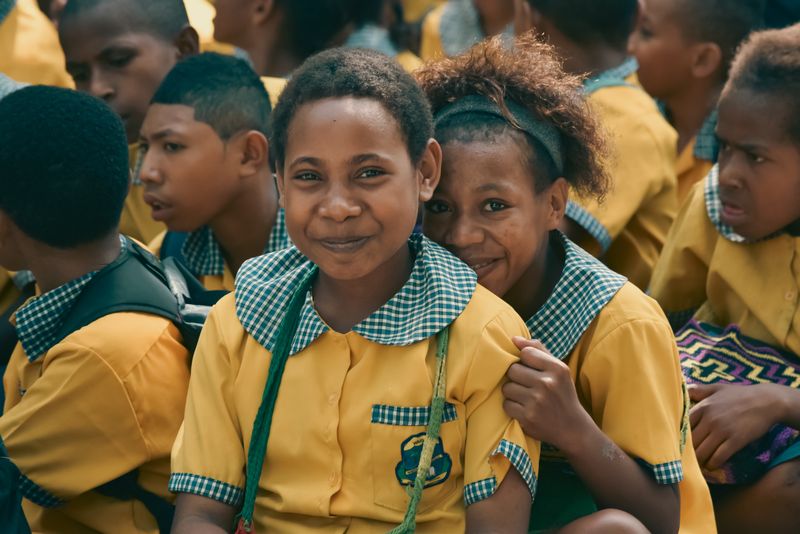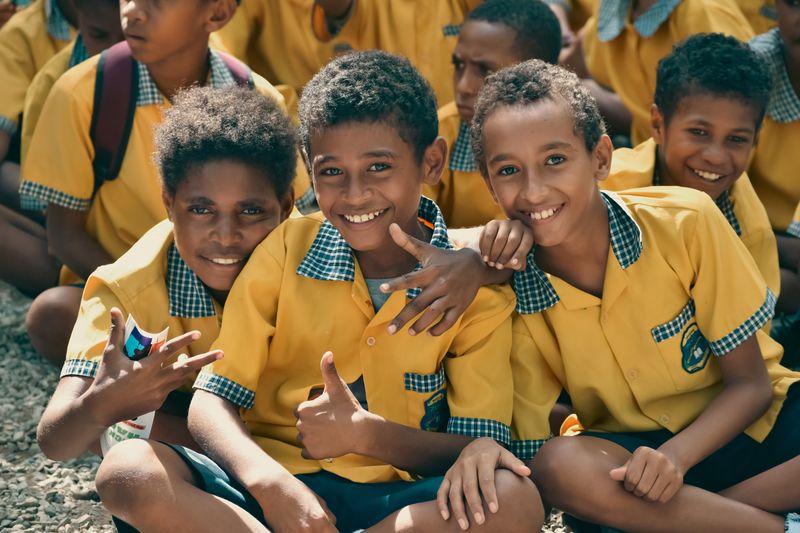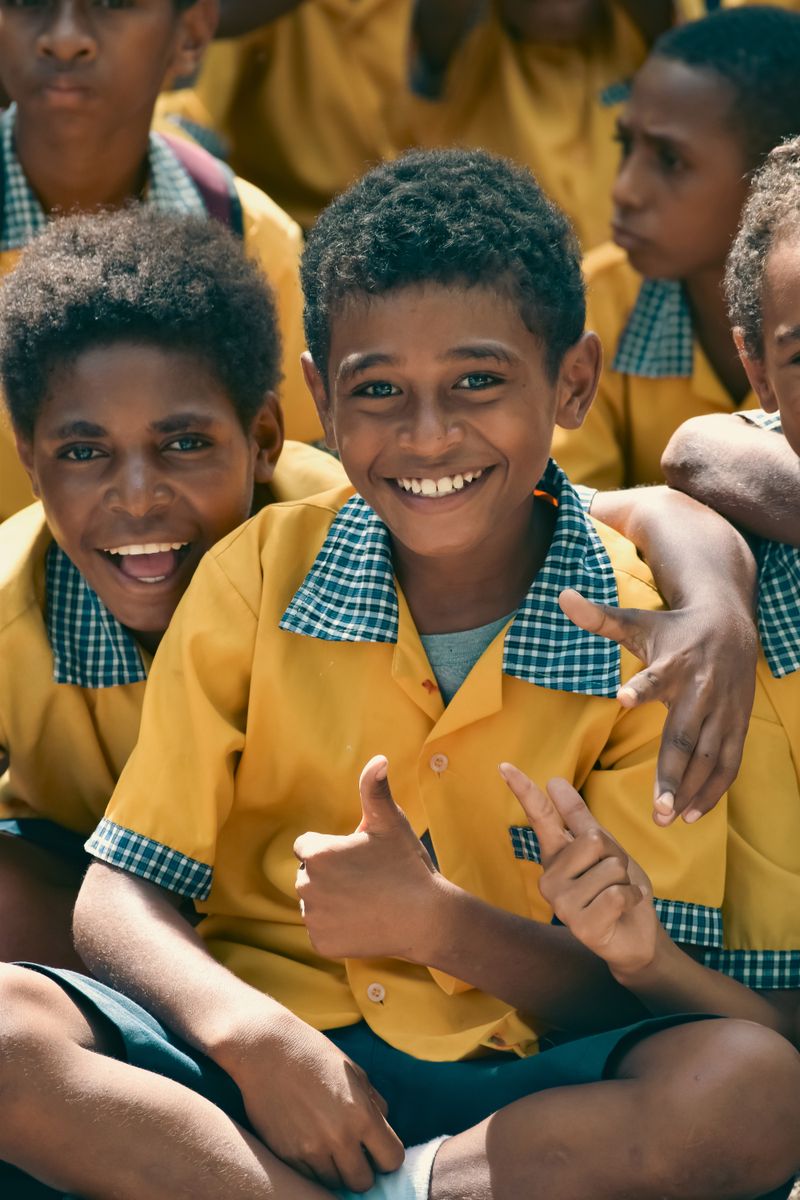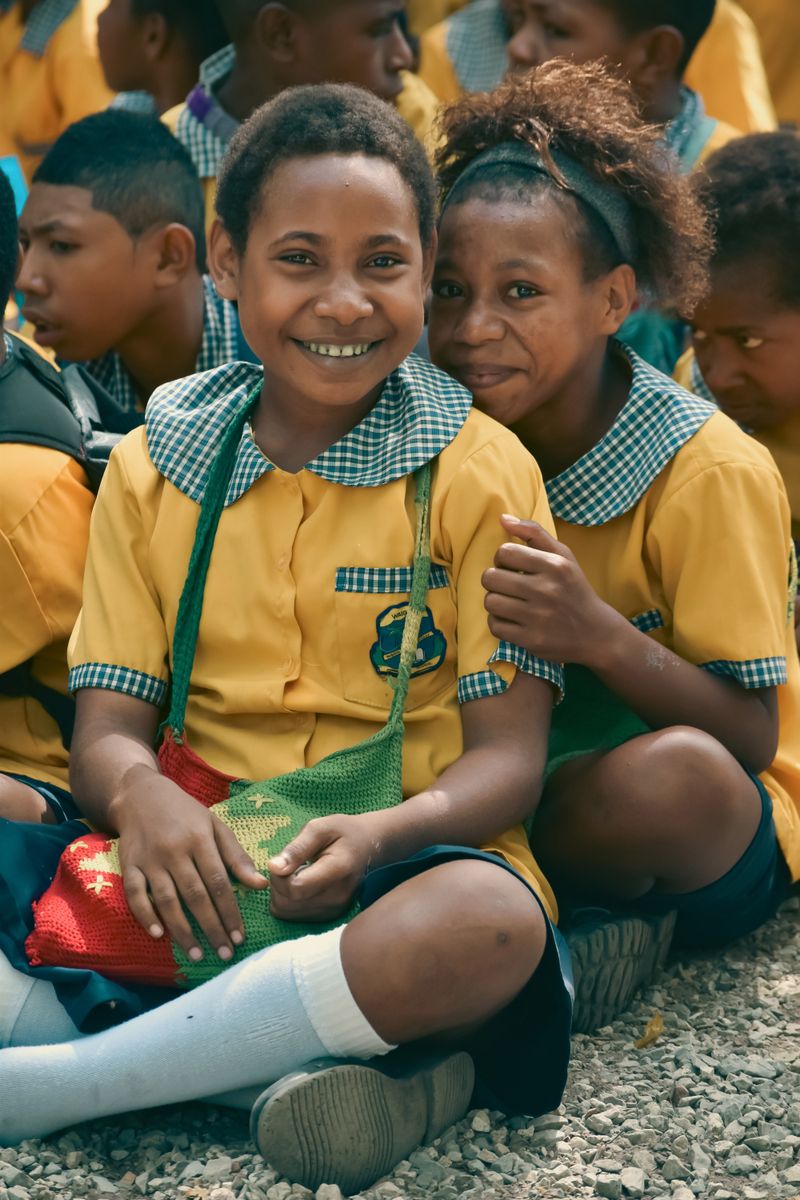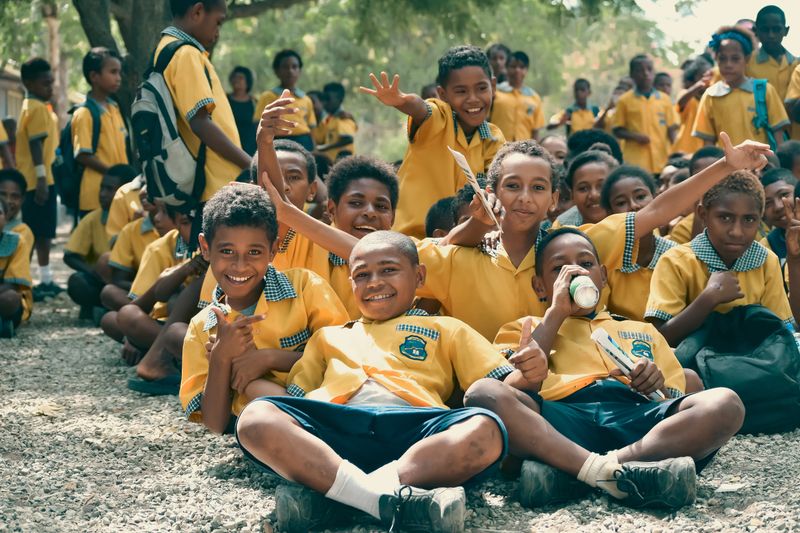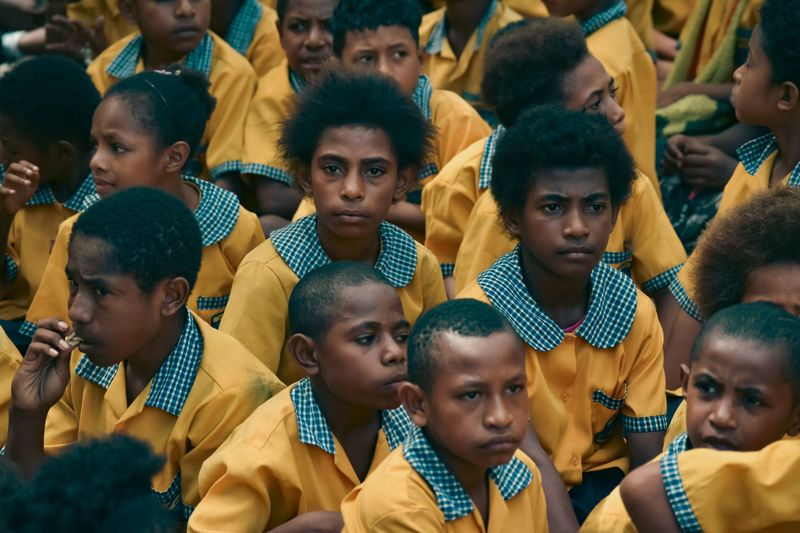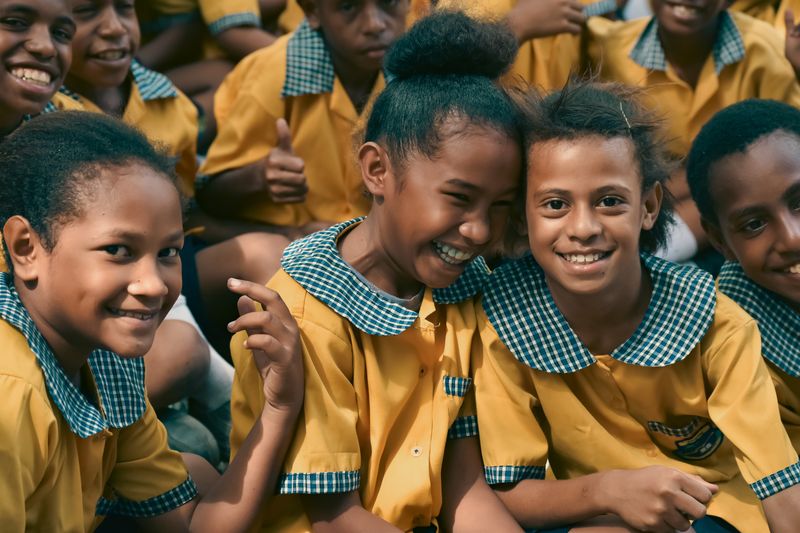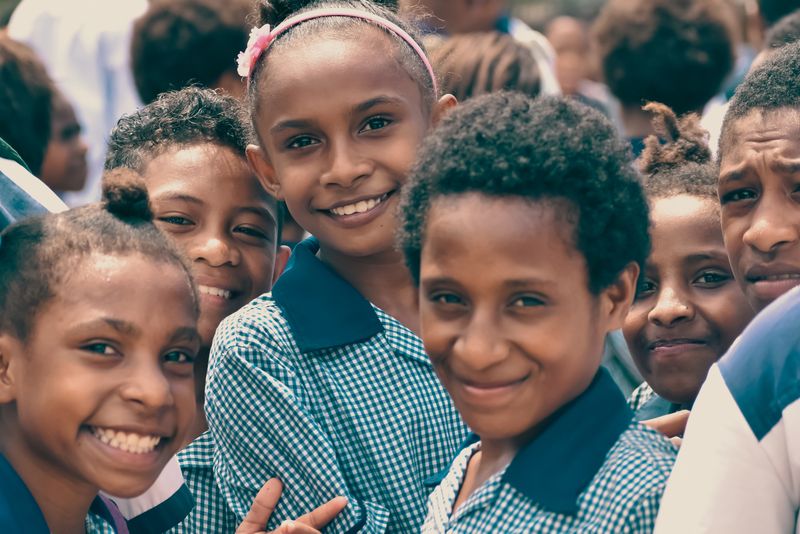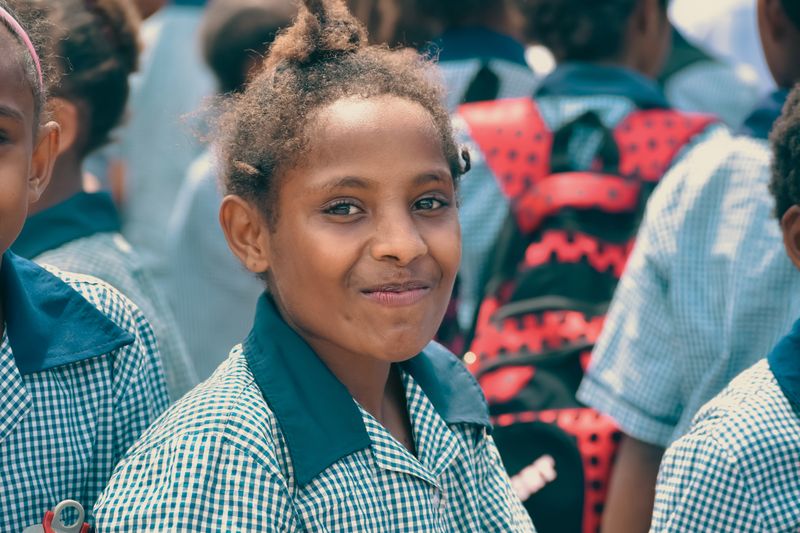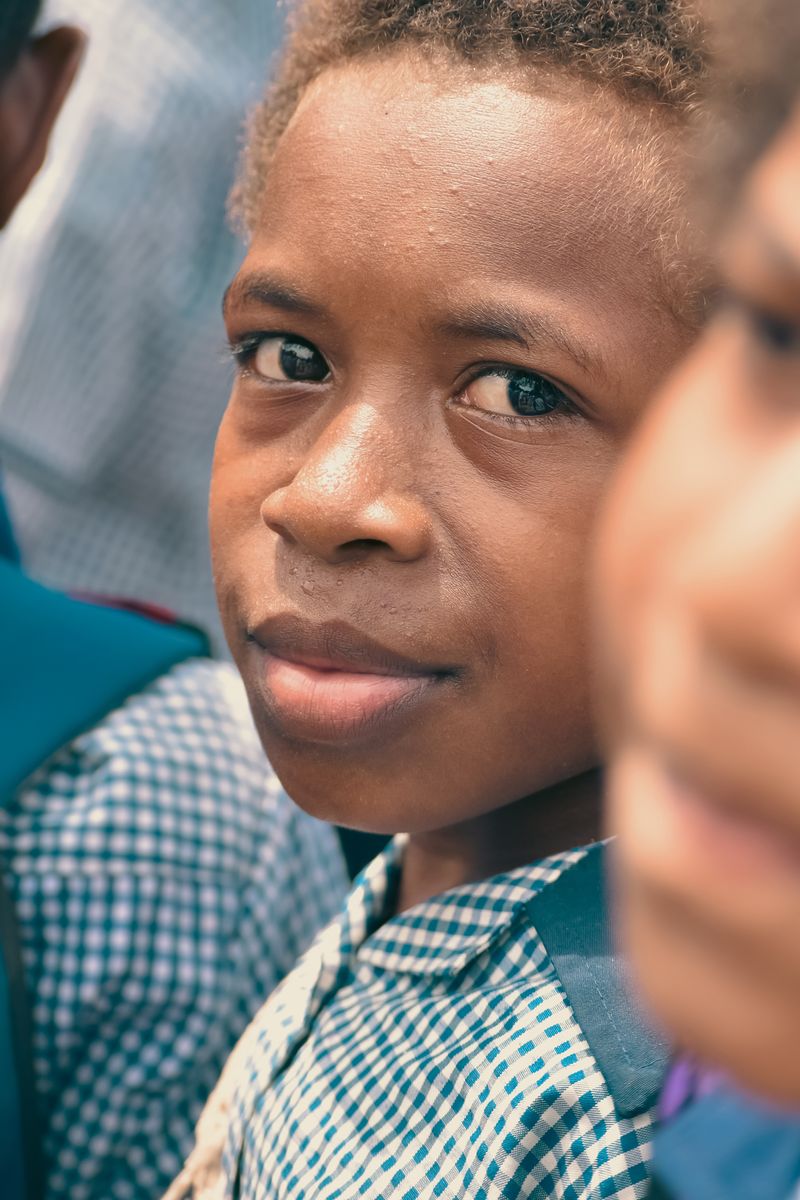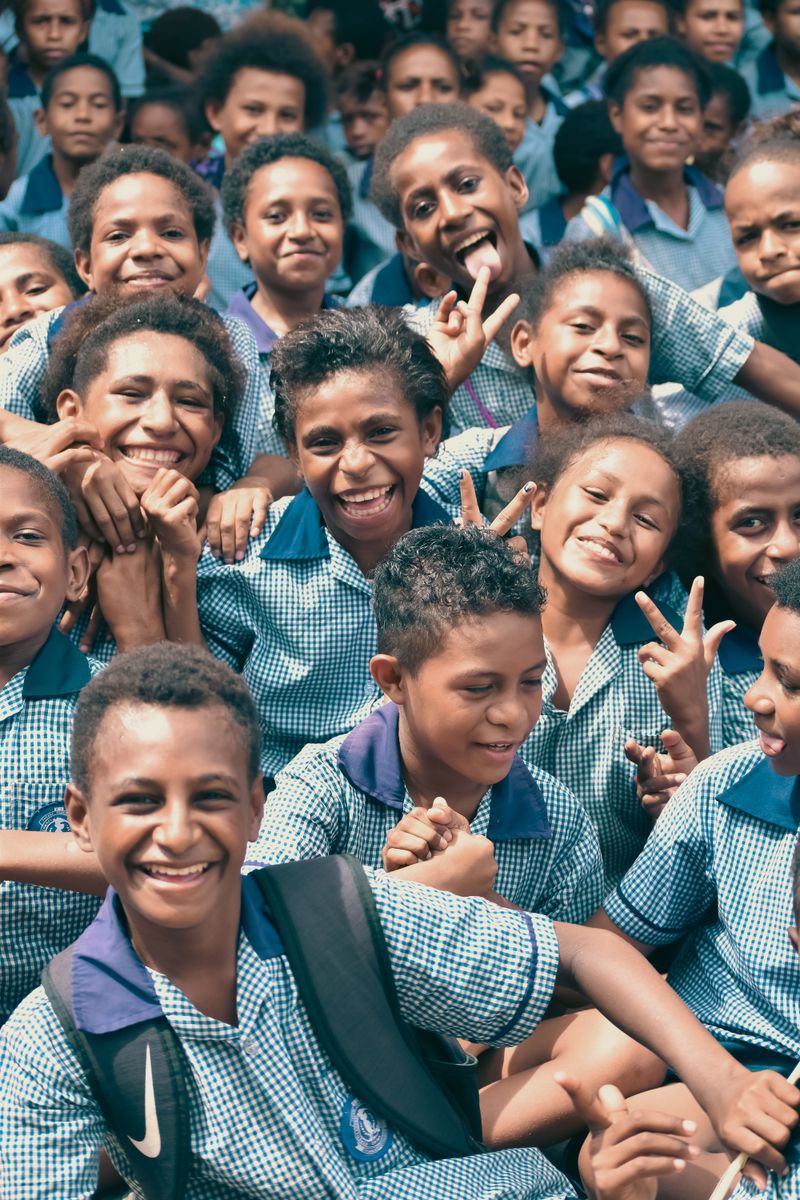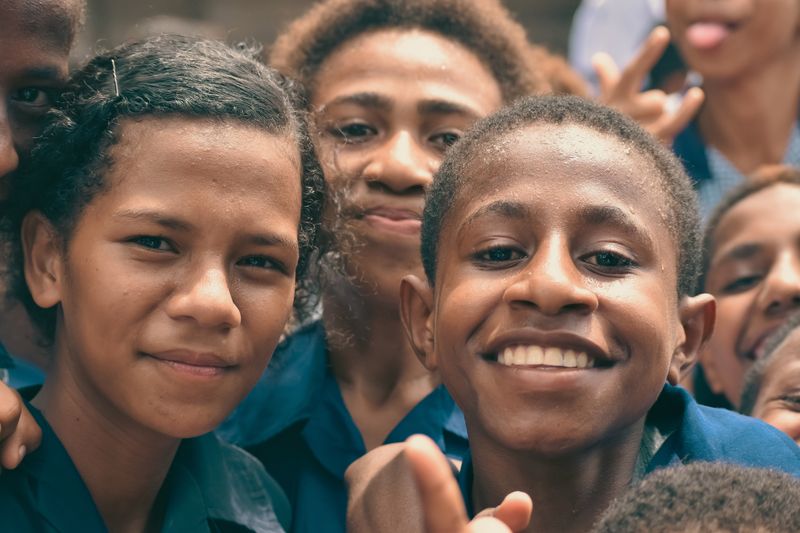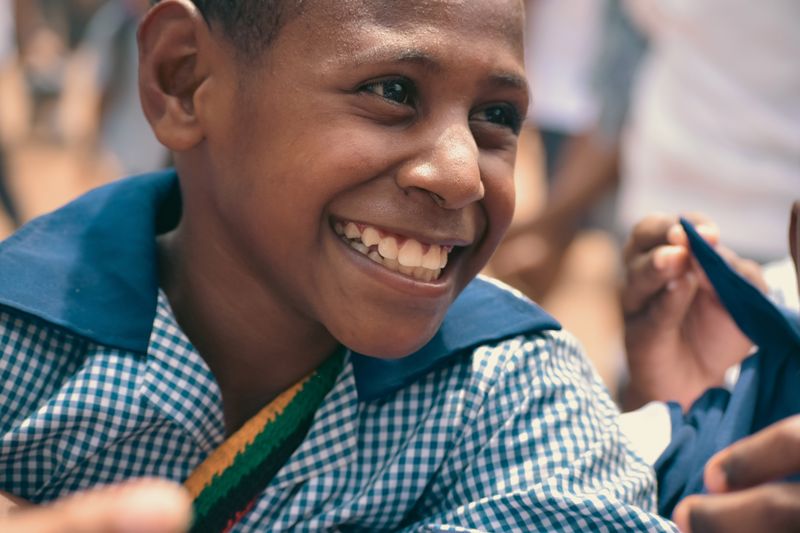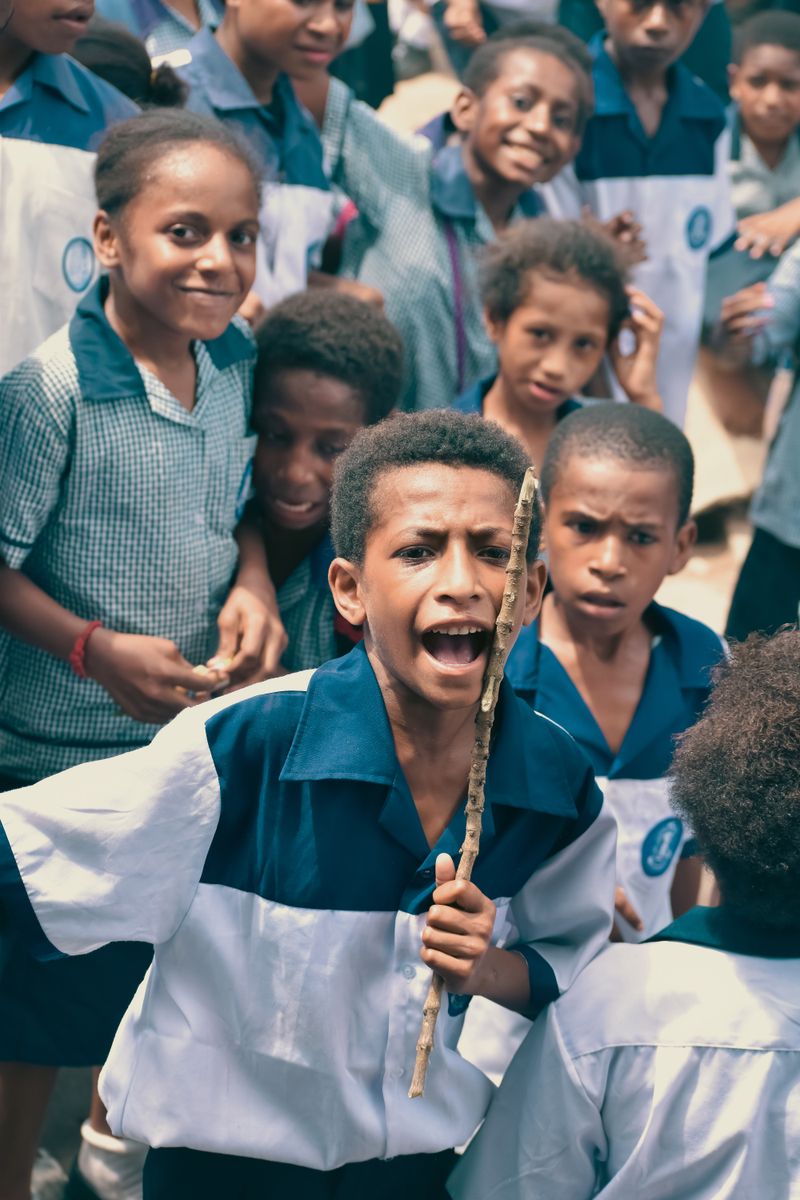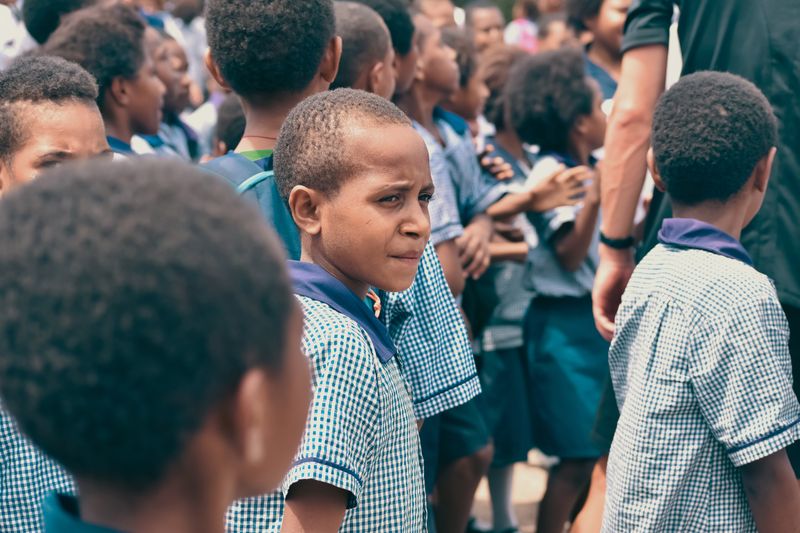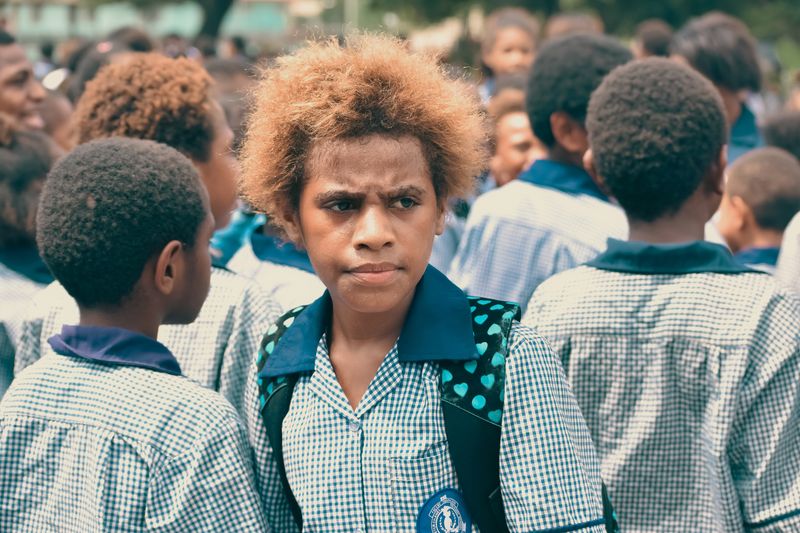Happiness Is a Choice
-
Dates2020 - 2025
-
Author
- Topics Documentary, Portrait, Social Issues, Travel
- Location Papua New Guinea, Papua New Guinea
Happiness Is a Choice is a photographic series capturing raw, surreal moments of coexisting joy and violence during my work trip to Papua New Guinea, revealing children’s radiant smiles amid chaos and reflecting on the conscious choice of happiness.
I grew up surrounded by violence. For years, it shaped my body, my psyche, and my relationship with the world. It taught me to live on guard — to measure safety in every glance, to weigh trust against risk. My practice today is a refusal to let that be the story of who I am. Through photography, I turn what once hurt me into images that speak of resilience, vulnerability, and the fragile strength of joy.
In 2020, I was sent on a work assignment to Papua New Guinea — one of the most dangerous countries in the world, where violence is woven into daily life at every level. For many, violence is part of daily survival — a backdrop that shapes childhood, family, and community life. Before I left, I was told: pray not to be sent there. My family feared I might be kidnapped, as gang initiations in the region often required abducting a woman, subjecting her to violence, and killing her as proof of loyalty. The hotel I lived in was under constant guard. Each day I was escorted between hotel and workplace, never alone. I saw violence on the streets firsthand.
And it was so familiar to me. I had already seen it in my childhood — in my family, in my home country, on the streets and behind closed doors. I don’t remember the first half of my childhood, and the second half was spent in the wild Russian 90s. I survived when killers came to our house, and I survived when a man held a shard of glass close to my skin in the dark. I grew up a warrior, always prepared to fight. So nothing in Papua New Guinea scared me. Nothing surprised me. Until I visited local schools.
What marked me most deeply happened there, when the nationwide No Violence campaign coincided with visits from international and local football players during a major competition. Buses of athletes pulled into the schoolyard. Younger children ran with joy, waving and cheering. At the same time, older students beat smaller ones with sticks to control the chaos. From the bus windows, the athletes’ smiles faltered into silence. The campaign ambassadors kept shouting “No Violence!” into the air. In that single moment, joy and violence collided. Smiles existed despite sticks.
Those children’s smiles stood out even more sharply against the serious, guarded faces of adults. It was as if happiness had no space in adult life — stamped out by the weight of survival. Yet in childhood, it still found a way. It was surreal. I had never seen such genuine smiles in my own violent childhood. The world stopped. And then I realised — happiness is a choice.
Whatever happened in our childhood will always shape us. For many, violence is the starting point, leaving little space for joy. But as adults, we make choices every day. Despite the weight of the past, despite what marked us, we can still choose to turn toward joy — step by step, smile by smile. I don’t know what these kids’ futures will hold, how violence may reshape their expressions, but in that moment, they were smiling — fully, unapologetically.
Experiencing these moments in the schools was a wake-up call, a clear message — happiness is a choice. The experience was so vulnerable, so raw, that I could not release these images for five years. This submission marks the first time I am publicly sharing these photographs and telling this story.
Happiness Is a Choice speaks reflects the coexistence of joy and violence, the radical defiance of children choosing happiness in the face of fear, and a reminder that despite what shapes us, happiness remains a conscious act we can claim — step by step, smile by smile.
